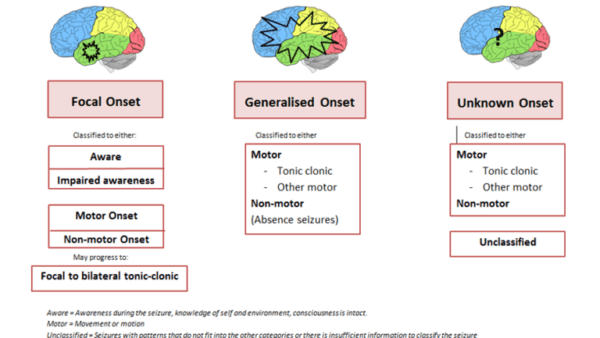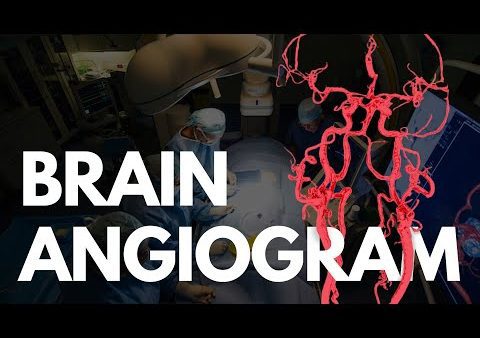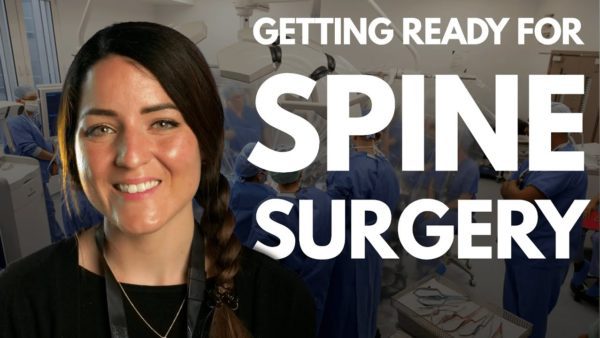What is toxoplasmosis? Toxoplasmosis is caused by an infection with the Toxoplasma gondii parasite which usually occurs through eating undercooked contaminated meat, exposure from infected cat faeces, or mother-to-child transmission during pregnancy. For generally healthy people it doesn’t pose any significant danger, however, in individuals with weakened immune system, babies and pregnant women, it can […]
Blog
Types of Seizures
What is a seizure? Seizure is an uncontrolled burst of electrical activity in brain cells (nerves/neurons) that causes temporary abnormalities in movements, muscle activity/tone, behaviours, sensations, or states of awareness. Seizures are not alike as symptoms can vary between people depending on the causes and simply on the person experiencing it. A seizure can be […]
Viral Encephalitis
What is Viral Encephalitis? Viral encephalitis refers to acute, diffuse inflammation of the brain caused by a viral infection. Other microorganisms such as bacteria and fungi can trigger encephalitis, but here we will focus on viral causes, the most common of which is the herpes simplex virus. It is a relatively rare pathology affecting mainly infants […]
Angiogram – BRAIN angio procedure video
Getting Ready For Spine Surgery
Getting ready for spine surgery requires good preparation – mentally, physically and emotionally. In this video we talk you through what to expect when you’re getting ready for spine surgery, with practical tips for all patients. Francesca Howes is an Extended Scope Spinal Physiotherapy Practitioner at The Royal London Hospital. ✍ Thumb by Tom Churchill […]



